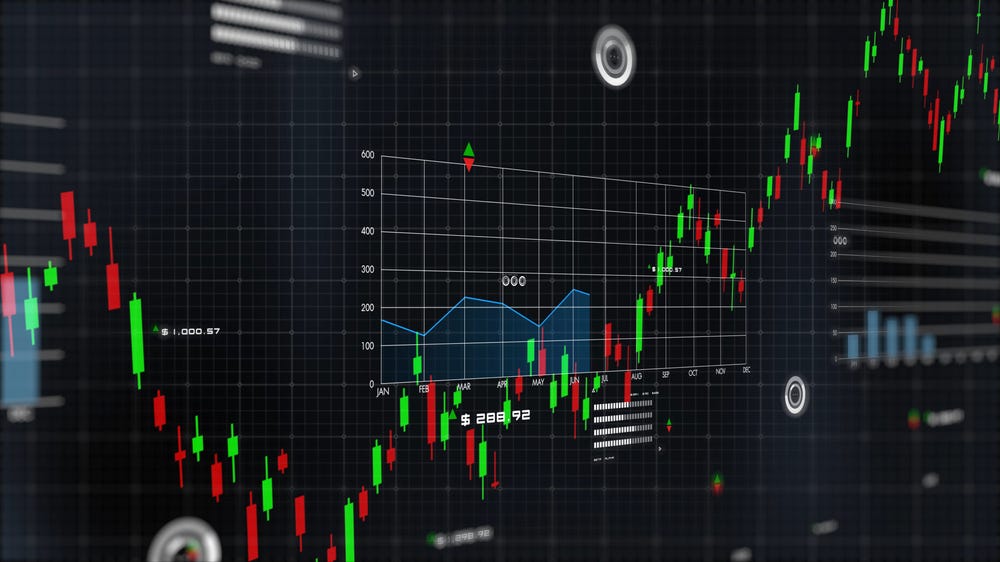
Understanding Trading Margin Crypto: A Complete Guide
In recent years, the cryptocurrency market has exploded in popularity, drawing in both novice and seasoned traders alike. One of the key concepts that every trader should grasp is the idea of trading on margin. In this article, we will explore what trading margin crypto means, how it works, its associated risks, and strategies that traders can use to maximize their potential profits while managing risks.
For more insights into the evolving landscape of cryptocurrency and its educational initiatives, you can check out this link: Trading Margin Crypto https://finance.sausalito.com/camedia.sausalito/article/einpresswire-2021-5-4-pg-and-e-coingecko-okcoin-shapeshift-band-protocol-and-crypto-valley-association-join-blockchain-education-alliance.
What is Margin Trading?
Margin trading is essentially the act of borrowing funds from a broker to trade assets that you do not own. In the context of cryptocurrency, this means traders can buy or sell digital coins in larger amounts than the capital they currently possess. This is done by utilizing a margin account, which allows traders to leverage their trades, increasing both their potential profits and losses.
How Margin Trading Works in Crypto
When a trader opens a margin account, they typically need to deposit a certain percentage of the trade value, known as the margin requirement. This could be as low as 10% in some platforms. The remainder of the trade’s value is covered by the broker. For instance, if a trader wants to buy $10,000 worth of Bitcoin with a 10% margin, they only need to deposit $1,000.
Once the position is opened, traders can benefit from price movements in the market. If the price of Bitcoin rises to $12,000, the trader can sell their position and realize a profit. However, if the price drops to $8,000, the trader faces a potential loss, which is magnified due to leveraging.
The Risks of Margin Trading

While trading on margin may seem attractive, it carries significant risks. One of the most critical risks is the possibility of a margin call. A margin call occurs when the value of the trader’s account falls below the broker’s requirement. If an investor cannot meet this margin requirement, the broker may liquidate their position to cover the loan, resulting in substantial losses.
Additionally, trading on margin means that market volatility can work against you. Unlike traditional stock markets, cryptocurrencies are notoriously volatile, which can lead to rapid price fluctuations. Traders should have a solid risk management strategy in place to mitigate potential losses.
Strategies for Successful Margin Trading
To trade successfully on margin in the crypto space, traders must not only leverage their capital wisely but also incorporate effective strategies. Here are several strategies that can be beneficial:
1. Stop-Loss Orders
Using stop-loss orders can help limit losses by automatically selling a position if it reaches a certain price point. This is crucial in margin trading, as it helps prevent account liquidation during volatile market swings.
2. Diversification
Diversifying your portfolio across multiple cryptocurrencies can reduce the risk associated with trading on margin. Instead of putting all your funds into one asset, spreading investments can help buffer against unexpected losses in any single trade.

3. Technical Analysis
Understanding technical indicators and charts can give traders insight into market trends and potential price movements. Following tools such as Moving Averages (MA), Relative Strength Index (RSI), and Fibonacci Retracement can aid in making informed trading decisions.
4. Staying Informed
Keeping up with news and trends in the cryptocurrency market is vital. News related to regulations, technology upgrades, and market sentiment can heavily influence price changes. Being informed allows traders to anticipate market behavior and adjust their strategies accordingly.
Choosing the Right Margin Trading Platform
Selecting the right platform for margin trading is essential for success. Traders should look for platforms that offer competitive margin rates, robust security measures, an intuitive interface, and excellent customer support. Some popular exchanges for margin trading in crypto include Binance, Bitfinex, and Kraken.
Conclusion
Trading margin crypto can be a powerful tool for amplifying potential profits, but it comes with its own set of risks and responsibilities. Educating oneself about how margin trading works and implementing effective risk management strategies is crucial for success in this fast-paced, ever-evolving market. As we navigate through the complexities of cryptocurrency trading, being well-informed can make a significant difference in a trader’s success. Always remember to trade responsibly and consider seeking advice from financial professionals if needed.


